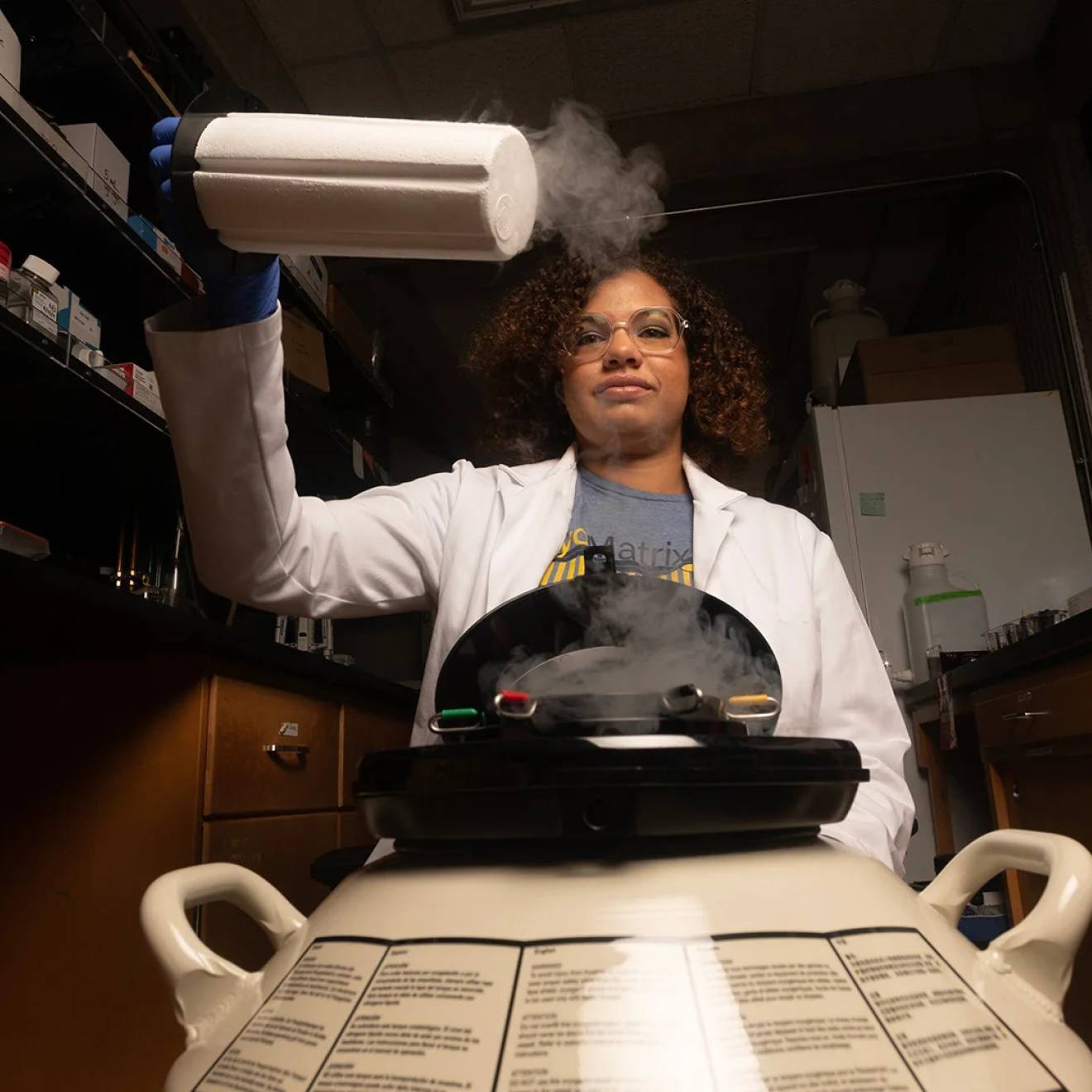Jim Logan, UC Santa Barbara

Two facts are indisputable: California remains in the grip of one of the worst droughts in history, and 2014 proved to be one of the hottest years on record. Now, a group of scientists led by UC Santa Barbara’s Shraddhanand Shukla has quantified the influence one might have on the other.
The team’s groundbreaking research demonstrates that record-high temperatures could have serious impacts on the state’s water resource that supports the multibillion-dollar agriculture industry. The study is published online in Geophysical Research Letters, a journal of the American Geophysical Union.
“Although there is a useful conversation going on about the role of temperature, no one had actually looked into how above-normal temperatures made the 2014 drought worse,” said Shukla, an assistant researcher in the Department of Geography at UCSB. “One of the reasons this study is important is that the findings are actually useful for improving seasonal predictions of drought in California. We show that temperatures also play an important role in getting the drought severity right. So if you want to forecast drought severity skillfully, you need to know temperature, too.”
To gauge the effect of high temperatures on drought, Shukla devised two sets of modeling experiments that compared climate data from Water Year 2014 (October 2013-September 2014) with every year from 1916 to 2012. In the first, he substituted 2014 temperatures with the temperatures for each of the study’s 97 years. In the second, he swapped in 2014 precipitation data for those same years. These experiments showed that if the air temperatures had been cooler (like 1916-2012), there was an 86 percent chance that the winter snowpack would have been greater, the spring-summer runoff higher and the spring-summer soil moisture deficits smaller.
“It’s a really elegant experimental setup that lets you isolate the influence of temperature,” said Chris Funk, a scientist with the U.S. Geological Survey and a researcher in UCSB’s geography department. “It’s one of those things you can do in a simulation environment that we can’t do in reality because we only get a sample of one.”
According to Shukla and Funk, the study highlights the potential vulnerability of the state’s water resources and hence the agricultural industry. Not only does high heat increase the evaporation stress on soil, it has a powerful effect on snowpack, on which the state heavily relies for its water supplies. In addition to decreased snowpack, whatever is there melts earlier, which could dramatically decrease the amount of water available for agriculture when it’s needed most.
“The snowpack acts as a buffer from year to year, and it has this really nice attribute that it sits up in the mountains and comes down in the summertime, which is the best time for growing crops,” Funk said. “That’s why California agriculture has been so productive. It has this kind of ideal situation where you get a lot of water that shows up in the summertime, when you also have a lot of sunshine.”
The study also examined the role and efficacy of temperature forecasting in the state. The findings were not encouraging. Shukla noted that while monthlong forecasts of winter and spring season temperatures were reasonably accurate, longer forecasts were not accurate enough to be useful. “This will eventually hurt drought forecasting skill in California,” he said.
Funk, who also serves as research director for the campus’s Climate Hazard Group, said the ability to forecast high temperatures is difficult, but will be an important component in water management and in coping with climate change.
“We’ve done some preliminary studies suggesting that some of these extreme temperature seasons are predictable,” he said. “So the idea is, can we identify, ahead of time, some of the extreme events that produce warming trends? When you have a warming trend, you still have hot and cool years. The question is, in the future, can we better predict those hot years?”
Although climate change was not addressed in the study, the implications of higher temperatures are clear, according Shukla.
“Because of the role of temperatures, I think it is fair to say that if the temperatures keep rising, we might be looking at more serious droughts, even if the precipitation variability stays the same,” he said. “We all know that in general, temperatures are rising in many places, including California, but the importance of temperature in drought prediction is likely to become only more significant in the future.”
Other contributors to the study include Mohammad Safeeq of UC Merced, Amir AghaKouchak of UC Irvine and Kaiyu Guan of Stanford University.

